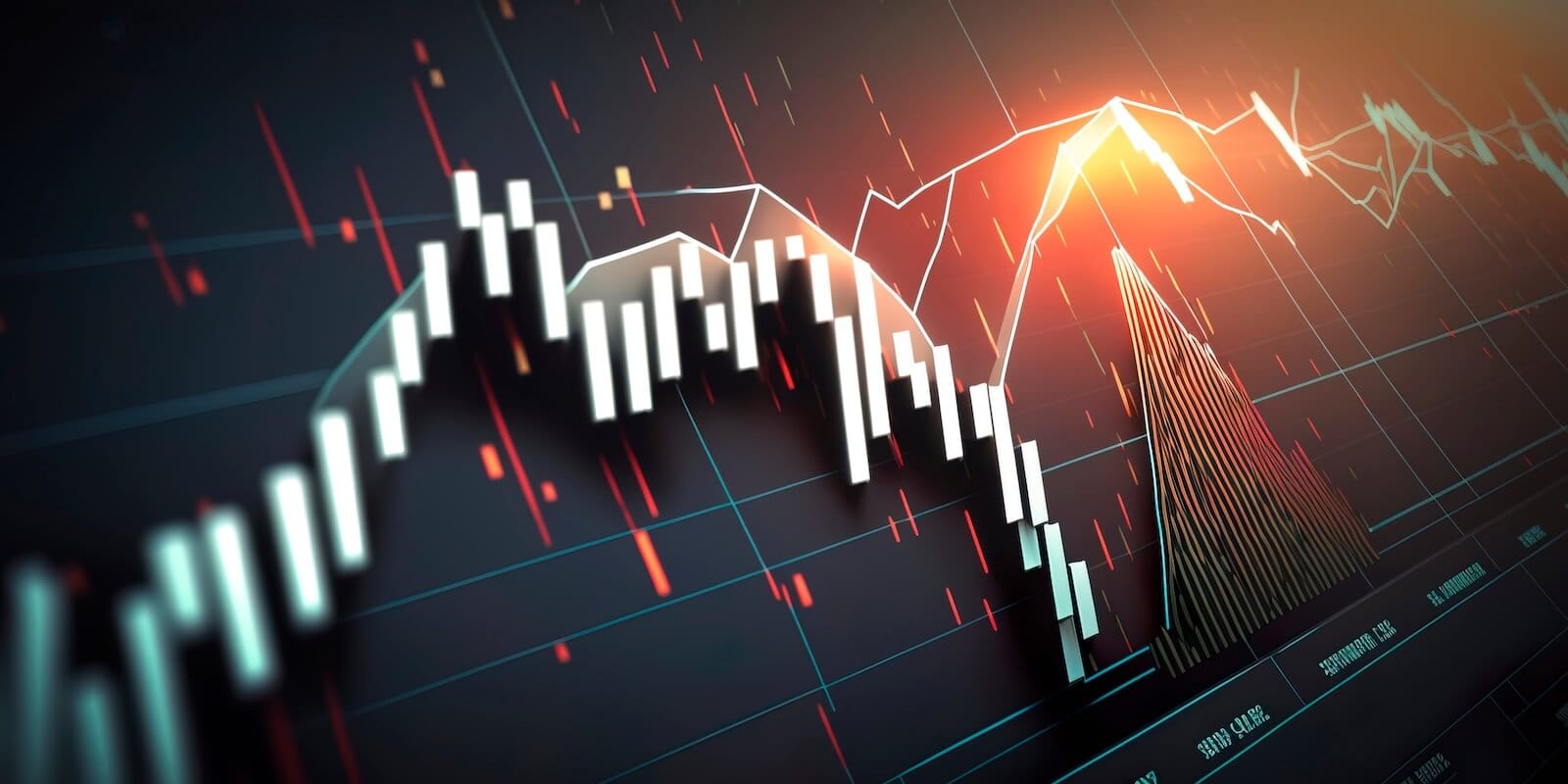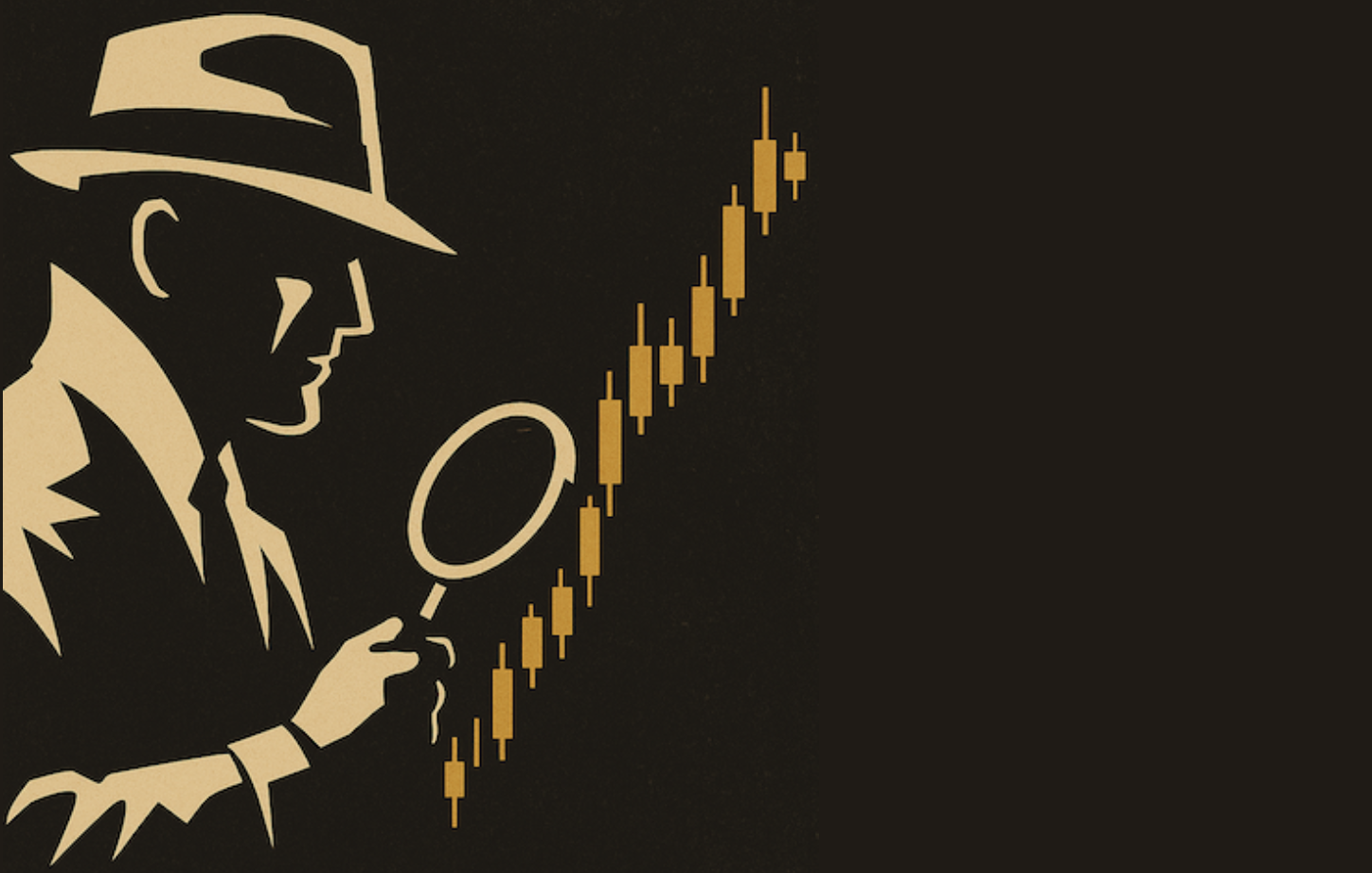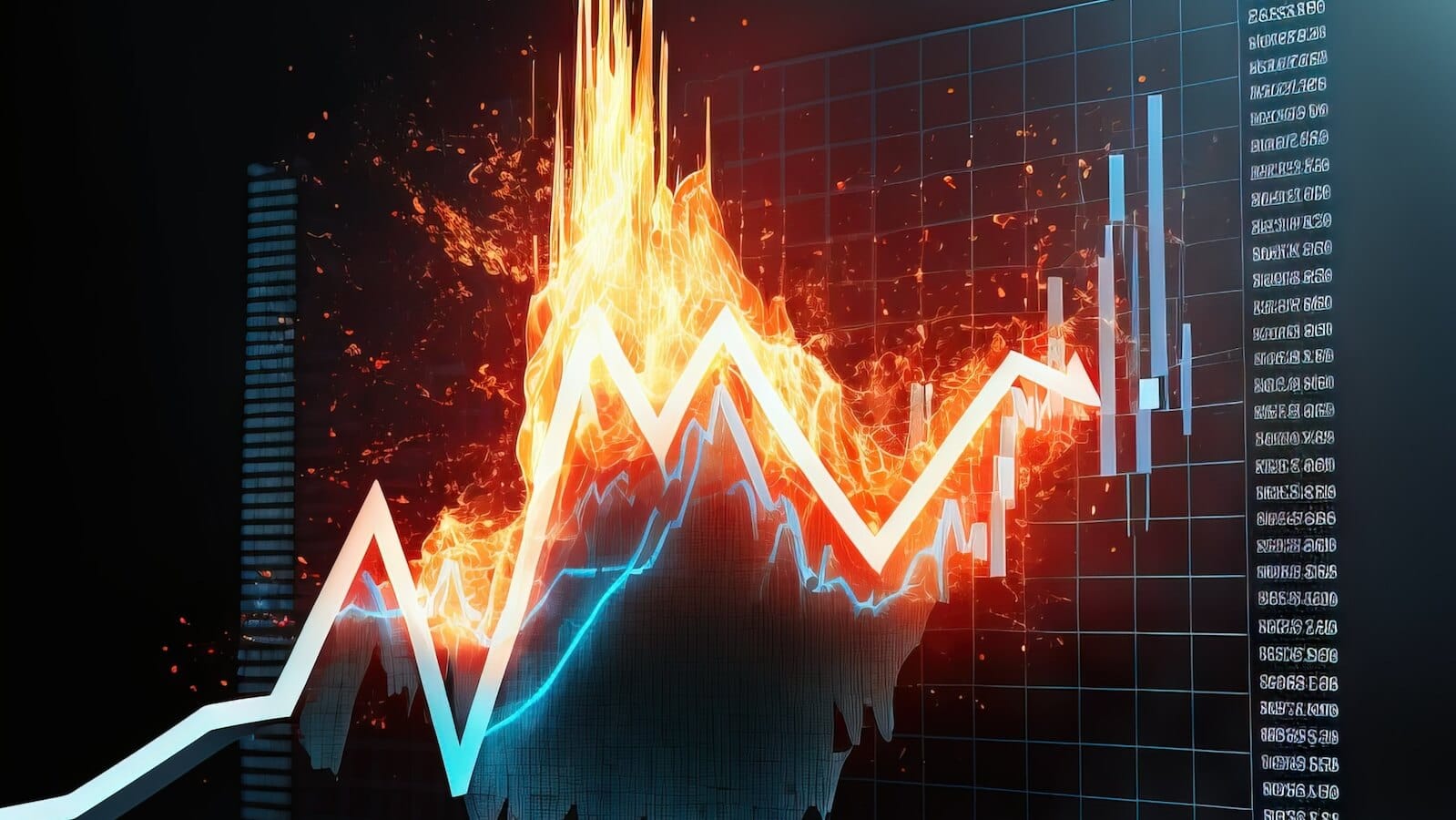SECTOR ROTATIONS IN 2005 SHOW DEFENSIVE MARKET -- FINANCIALS BREAKDOWN -- HOW TO COMPARE PRICE CHARTS -- NO SURPRISES HERE
SECTOR PERFORMANCE CHART ... Most weeks in "John's Latest Performance Chart" I show the relative rankings of the nine AMEX Sector SPDRs relative to the S&P 500. Chart 1 shows those sector rankings since the start of the year. I've arranged the sector bars in descending order. Plotted through Thursday, Energy is by far the strongest with Materials in third place. That reflects rising commodity prices and shows that commodity-related stocks have been the best place to be so far this year. The other two sectors in the black are Utilities and Consumer Staples. I've explained before that both are defensive in nature. That tells me that the market is indeed in a defensive mode with rising inflation pressures. (Gold stocks are also up for the year]. To the far right, Technology is still the year's worst sector. That's not good for the market either. Consumer Discretionary stocks are the next worst group. Most of those losses have been in the Retail area. Financial stocks are also off to a bad start in 2005. Most of that selling is in the Banks. That means that the market is worried about rising interest rates. That also explains why I've been recommending commodity-related and defensive stocks and the avoidance of technology and financials.

Chart 1
FINANCIALS ARE BREAKING DOWN... I've been warning all week about the potential breakdown in financial stocks both on an absolute and relative basis. That's due mainly to the threat of rising interest rates as the result of rising inflation pressures. Things got much worse today. Chart 2 shows the Financial Sector SPDR (XLF) tumbling below its 200-day moving average to the lowest level in five months. Below it, the relative strength line has tumbled to the lowest level in a year. I've also warned that rate-sensitive stocks are usually the first to peak near the end of a bull market. That's why this week's breakdown has to be taken as another bearish signal for the market as a whole. There are a number of ways of comparing the financial sector to the S&P 500. The standard way is with the XLF/SPX ratio line as plotted in Chart 2. Price overlay charts are even more helpful.

Chart 2
OVERLAYING A RATIO ... Yesterday I explained how to overlay an indicator over price bars. Today I'll show you how to overlay two price charts and a relative strength ratio. Chart 3 shows the daily bars for the same XLF shown in Chart 2. The solid line is the same XLF/SPX ratio plotted on the bottom of Chart 2. In Chart 3, however, the ratio is placed over the price bars. Plotted this way, the downturn in its relative performance is much easier to see. To create that chart log on to your account from the homepage and click on "SharpCharts 2 (Beta 6)" on the Member page. Then go to "Indicators" and scroll down to "Price". By clicking on "Price", you'll see the ratio symbol: XLF:$SPX. Under "Position" click "Behind" and that ratio will be overlaid on the price chart as shown in Chart 2. If you don't want a ratio, you can change the ratio symbol to any other market to compare two price charts.

Chart 3
HOW TO OVERLAY TWO PRICE CHARTS ... To overlay two price charts, go through the same process to create the ratio in Chart 3. When you hit the "Price" feature, however, change the default ratio symbol to the $SPX (S&P 500) or any other symbol you wish. Then click on "Behind" and the second price chart will overlaid on the first as a solid line as shown in Chart 4. The price bars are the Financials SPDR (XLF) while the solid line is the S&P 500. The overlay comparison shows that the XLF has been dropping much faster than the S&P over the last month. That's not good for the XLF or the S&P. Overlay comparisons can be done between bonds and stocks, foreign and domestic stocks, large and small caps, market sectors, industry groups, and individual stocks. It's a great tool. And it will be a standard feature in the new SharpCharts 2 version that's nearing completion.

Chart 4
DON'T MIND THE BIG VOLUME ... Most of the major market averages closed in the red today, but only marginally. After trading down most of the day, the S&P 500 closed with a loss of less than a point. The S&P also held at its late February low at 1184. While the price action was relatively tame, volume was heavy. Don't pay too much attention to that however. Friday was a triple witching day which often produces heavier trading. The S&P also underwent some "rebalancing" in its stock weightings to ensure that only publicly traded shares are counted in a stock's capitalization. That means that some shares will have a bigger weighting and others a smaller. That also contributed to today's heavy volume. I wouldn't read much into it or today's price action. Despite today's late bounce, the market still looks toppy to me for reasons that I've already spelled out in previous messages.

Chart 5
RISING IMPORT PRICES AND FALLING CONSUMER CONFIDENCE AREN'T UNEXPECTED... Today's reports of a drop in consumer confidence and higher import prices are just two more signs that the inflationary impact of rising energy prices is worrying consumers. What surprised me was that the newswires reported that both trends were "unexpected". By whom? If you take a closer look at the 2005 sector rotations in Chart 1, you'll see that money has been moving into energy stocks and defensive groups since the start of the year -- while it's been coming out of financials and consumer discretionary stocks. The market is already expecting higher prices -- and less consumer spending. Today's reports weren't "unexpected" to anyone who's been following the markets.








